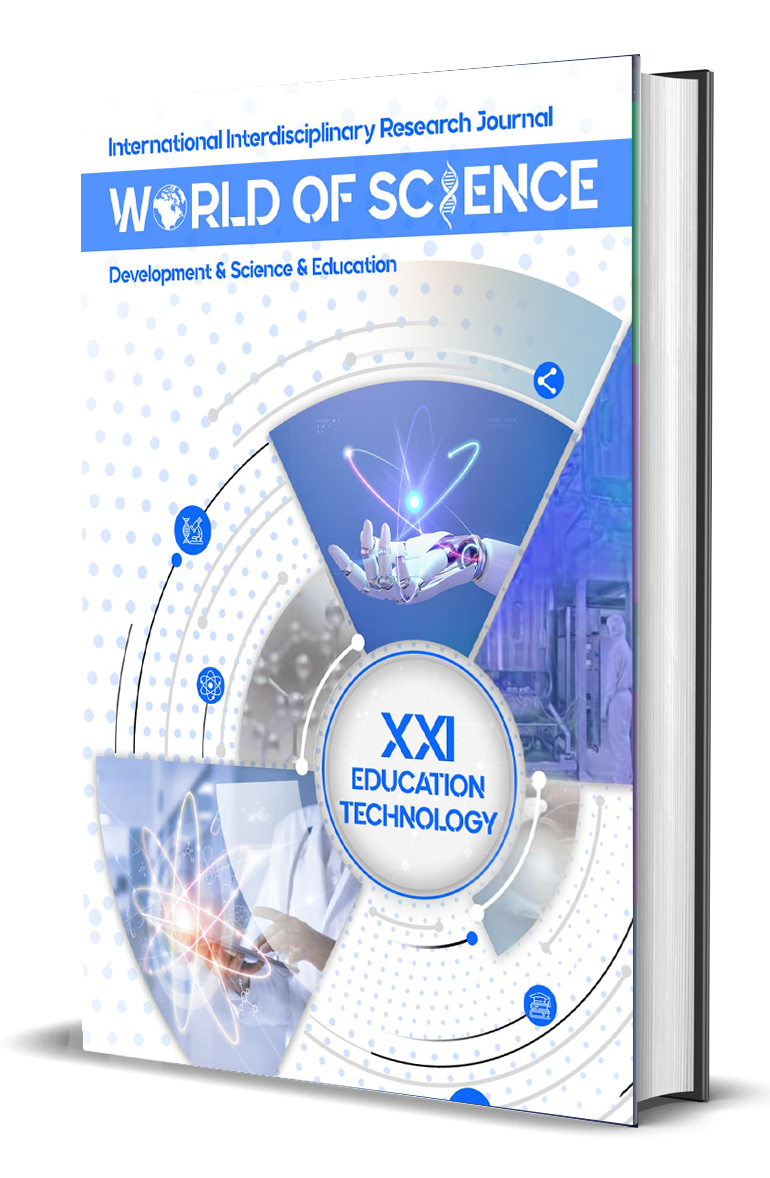GASTRONOMY IN IDIOMATIC LANGUAGE: HISTORICAL TRENDS IN THE STUDY OF PHRASEOLOGICAL UNITS
Keywords:
Phraseology, Phraseological units, Idioms, Idiomatic language, Gastronomic idioms, Food metaphors, Bread idioms, Salt idioms, Cross-cultural phraseology, Historical linguistics, Cognitive linguistics, Cultural linguistics, Pragmatics, Discourse analysis, Semantic analysis, Metaphor theory, Conceptual metaphor, Cultural symbolism, Folklore and proverbs, Lexicography, Corpus linguistics, Contrastive linguistics.Abstract
Since idiomatic expressions provide insight into cultural, cognitive, and communicative practices, the study of phraseological units has long held a prominent position in linguistic research. Gastronomic elements of idioms represent a particularly rich domain within this broad field, reflecting both culturally specific associations and universal human experiences with food. With an emphasis on the evolution of academic methodologies from early lexicographic traditions to modern linguistic paradigms, this article examines historical trends in the study of phraseological units. In terms of methodology, the study follows the development of concepts, classifications, and terminological frameworks through a diachronic review of significant theoretical contributions to phraseology. The way that gastronomic idioms have been conceived at various points in the history of linguistic thought—from their treatment as fixed expressions in early dictionaries to their recognition as culturally loaded metaphors in contemporary cognitive linguistics—is given particular attention. The analysis shows how the scholarly understanding of phraseological units has changed from being mainly descriptive to being multifaceted, incorporating pragmatic, cultural, and semantic aspects. The article emphasizes gastronomic idioms' function as a conduit between language and culture by placing them within this larger historical trajectory. The results deepen our understanding of the history of phraseological research and highlight the role that gastronomic elements have played in forming cultural identity and linguistic theory.
References
Bally, C. (1909). Traité de stylistique française. Klincksieck.
Dobrovol’skij, D., & Piirainen, E. (2005). Figurative language: Cross-cultural and cross-linguistic perspectives (Current Research in the Semantics/Pragmatics Interface, Vol. 13). Elsevier.
Erasmus, D. (1500/2001). Adages (W. Barker, Ed.). University of Toronto Press. (Original work published 1500 as Collectanea Adagiorum).
Granger, S., & Meunier, F. (Eds.). (2008). Phraseology: An interdisciplinary perspective. John Benjamins.
Kunin, A. V. (1967). Англо-русский фразеологический словарь = English–Russian phraseological dictionary (Vols. 1–2). Moscow: Sovetskaya Entsiklopediya.
Lakoff, G., & Johnson, M. (1980). Metaphors we live by. University of Chicago Press.
Piirainen, E. (2008). Figurative phraseology and culture. In S. Granger & F. Meunier (Eds.), Phraseology: An interdisciplinary perspective (pp. 207–228). John Benjamins. https://doi.org/10.1075/z.139.20pii.
Vinogradov, V. V. (1977). Izbrannye trudy: Leksikologiya i leksikografiya [Selected works: Lexicology and lexicography] (Original work published 1947). Moscow: Nauka.




